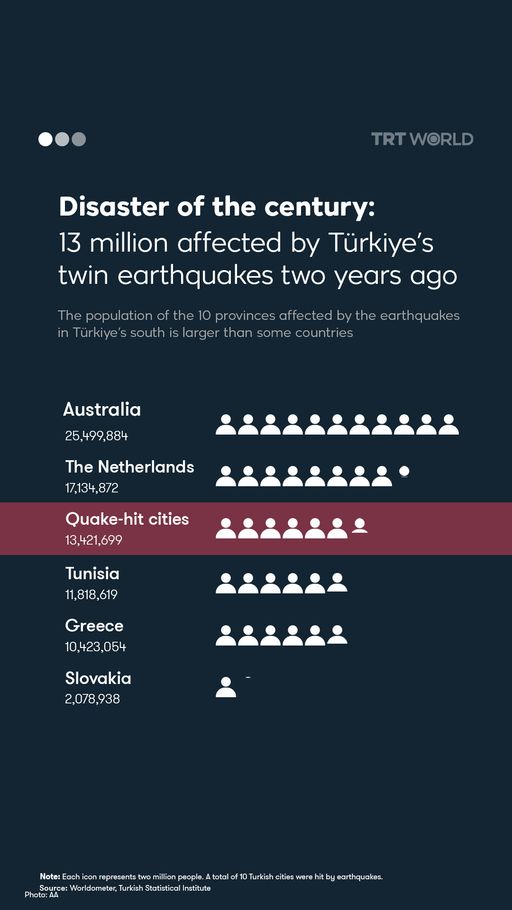Google has admitted that its Android Earthquake Alerts system failed to deliver timely and accurate warnings to millions of people ahead of the catastrophic earthquakes that struck Türkiye in February 2023.
On February 6, 2023, the back-to-back quakes measuring 7.7 and 7.6 in magnitude killed over 50,000 people and injured more than 100,000 in Türkiye alone.
Another 6,000 lives were lost in neighbouring Syria. In total, more than 14 million people were affected by the quakes.
Despite the severity of the disaster and the wide reach of the tremors across 11 Turkish provinces – Adana, Adiyaman, Diyarbakir, Elazig, Hatay, Gaziantep, Kahramanmaras, Kilis, Malatya, Osmaniye and Sanliurfa – Google’s system sent its most urgent warning, “Take Action,” to only 469 users.
Nearly 10 million people were within 98 miles (160 km) of the epicentre of the first quake, which struck at 4:17 am local time.
The strongest alert, which was designed to override “Do Not Disturb” settings and sound a loud alarm, could have given those people up to 35 seconds of advance warning.
However, only about half a million people received the less urgent “Be Aware” alert, which is designed for light tremors and doesn’t override phone settings, Google told the BBC.
At that early hour, it’s likely that many never saw it.
Initially, Google had said the system had “performed well”.
But after internal reviews and the pressure, the tech giant admitted the system significantly underestimated the strength of the earthquake and failed to trigger the appropriate high-level warnings.
The Android Earthquake Alerts System (AEA), launched in 2020 in partnership with the US Geological Survey, uses motion sensors in Android phones to detect seismic activity.
When multiple devices in a region register shaking, the system validates the data and pushes alerts to users nearby. Its top-tier “Take Action” alert is intended for potentially deadly tremors, while the lower-tier “Be Aware” notification is reserved for mild quakes.
The system operates in nearly 100 countries and plays a particularly vital role in earthquake-prone regions like Türkiye, where Android devices account for more than 70 percent of the mobile market.
An internal post-mortem revealed that AEA had initially misread the first earthquake as being between 4.5 and 4.9 in magnitude, far lower than its actual strength. Google’s researchers described this as a consequence of the limitations of their detection algorithms.
A second major quake later in the day was also underestimated: only 8,158 “Take Action” alerts were sent, alongside roughly four million “Be Aware” notifications.
Google explained the difficulty of making real-time assessments of earthquake magnitude in a blog post. “One of the trickiest parts of an EEW system is estimating the magnitude of an earthquake in real-time,” the company wrote.
“Getting this right is crucial – underestimate, and you might not warn people in danger; overestimate, and you risk sending out false alarms that erode public trust.”
Following the failure, Google’s engineers updated the algorithm and simulated the same event. The improved system generated 10 million “Take Action” alerts and 67 million “Be Aware” alerts, revealing how dramatically things could have turned out differently.
“We continue to improve the system based on what we learn in each earthquake,” Google added.
















